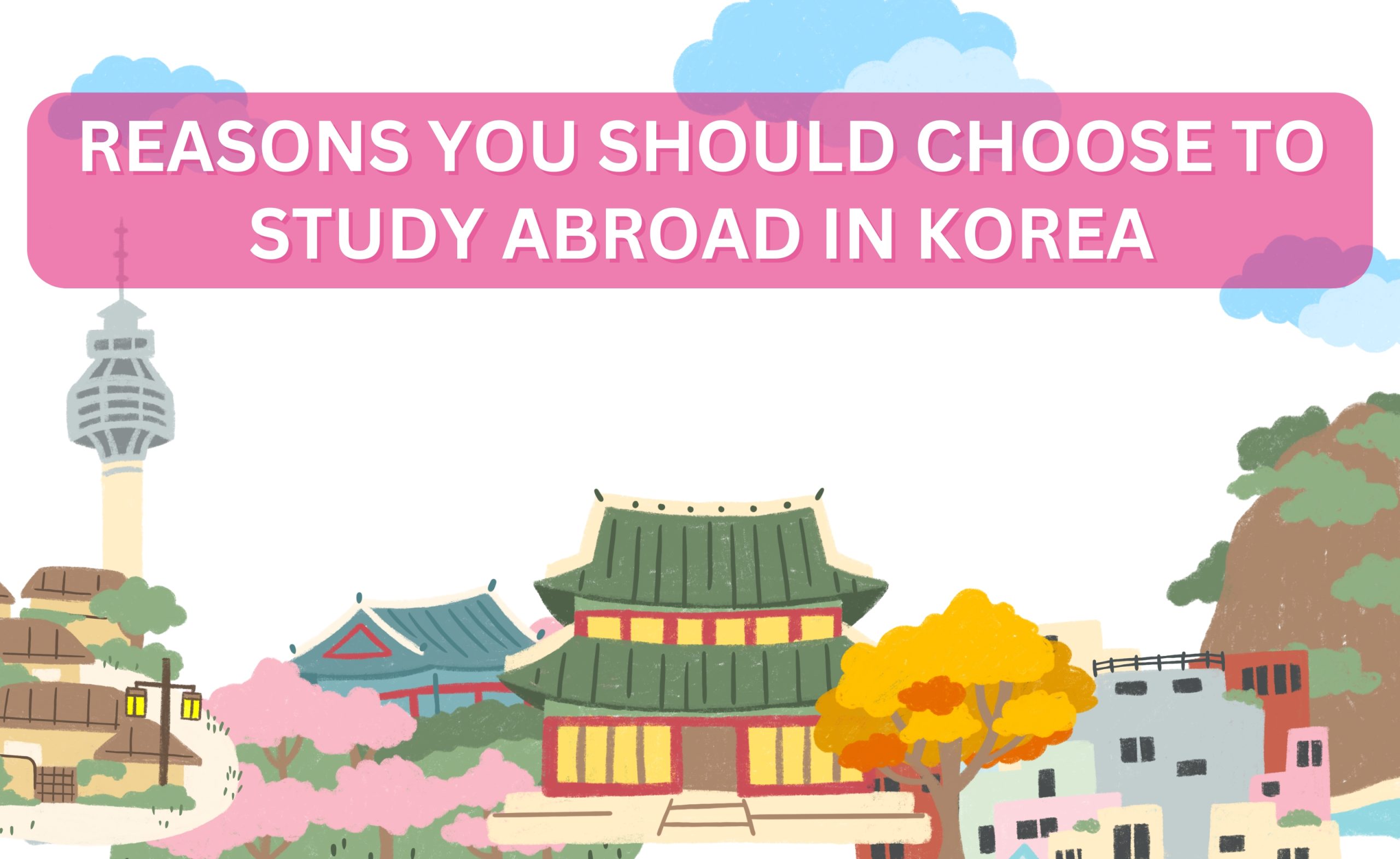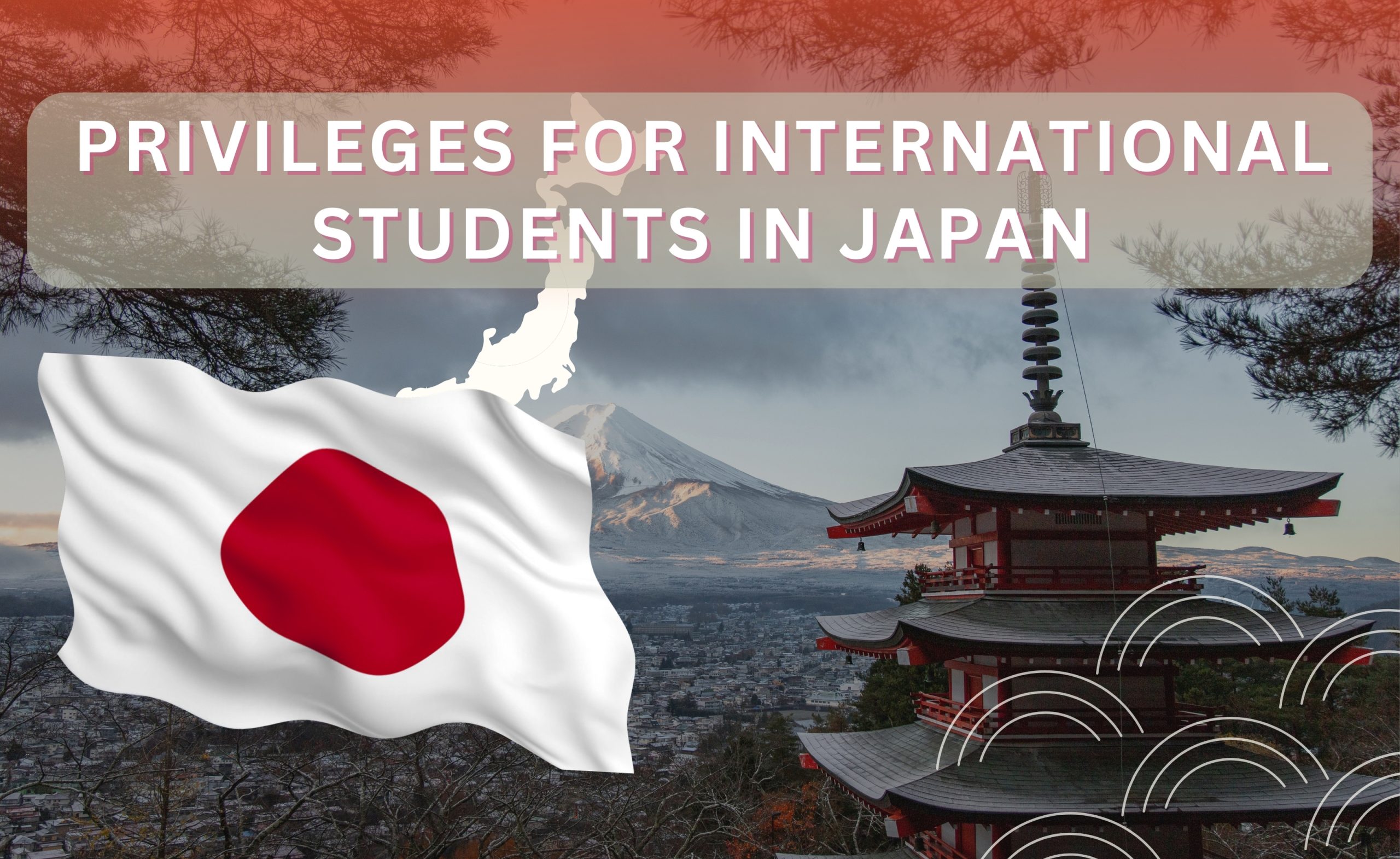Rethinking Global Student Recruitment: Diversifying beyong China in a Post-Coronavirus Era
In the wake of the recent Coronavirus outbreak, the landscape of international education has confronted a stark reality: global student mobility hinges significantly on one country—China. For the past three decades, China has consistently held the title of the world’s largest sender of international students. However, with international travel restrictions, closures of English language testing centres, and delayed university commencements in Australia, educational institutions are now grappling with a crucial question: beyond China, where else can they turn to recruit international students? How can universities diversify their international student body to reduce dependence on any single source country?
With emerging economies now comprising nearly three-fifths of the world’s GDP and their purchasing power steadily rising, studying abroad is increasingly becoming a feasible option for young adults globally. However, given that no single country can entirely replace China as a source of international students, the challenge lies in striking a balance that considers shifting demographics, growing populations, economic growth trajectories, government policies favouring skilled migration, educational capacity constraints, destination attractiveness, and other pertinent factors.
To shed light on potential solutions, one particularly noteworthy country poised for expanded recruitment efforts is Vietnam. Over recent years, Vietnam has sustained robust economic growth, peaking at 7.1% in real GDP growth in 2018, with projections indicating continued expansion through at least 2025. Vietnam boasts a youthful demographic, with half of its population under 30 years old. Yet, projections from the British Council suggest a forthcoming decline of approximately 1.8 million in the tertiary-aged population over the next decade, posing potential challenges to sustained economic vitality and productivity.
The number of Vietnamese students pursuing education abroad has surged by 69% over the past six years, underscoring a significant trend in outbound mobility. In 2019, approximately 170,000 Vietnamese were studying overseas, a majority of whom—90%—self-funded their education. Government scholarships accounted for a mere 4.2% of outbound Vietnamese students in 2016, reflecting a predominantly privately financed education abroad.
According to UNESCO IUS data, Japan, the United States, and Australia rank among the top destinations for Vietnamese students. In 2017, Japan alone hosted 28% of Vietnamese international students, driven by the Japanese government’s initiatives to strengthen ties with ASEAN markets through targeted financial support to universities. The United States follows closely behind with 25%, leveraging its prestige and appeal among Vietnam’s discerning, brand-conscious students.
Analysis of Vietnamese student interest reveals a strong preference for Business degrees, with Social Sciences—including Economics, International Relations, and International Development—also garnering substantial interest and presenting promising market opportunities.
In conclusion, Vietnam emerges as a pivotal player in the evolving landscape of global student mobility. Its dynamic economy, youthful population, and increasing outbound mobility underscore its potential as a vital recruitment market for universities seeking to diversify their international student body beyond traditional sources like China. By strategically engaging with Vietnam, educational institutions can foster greater diversity, enhance cross-cultural exchange, and adapt to the shifting dynamics of global education.










